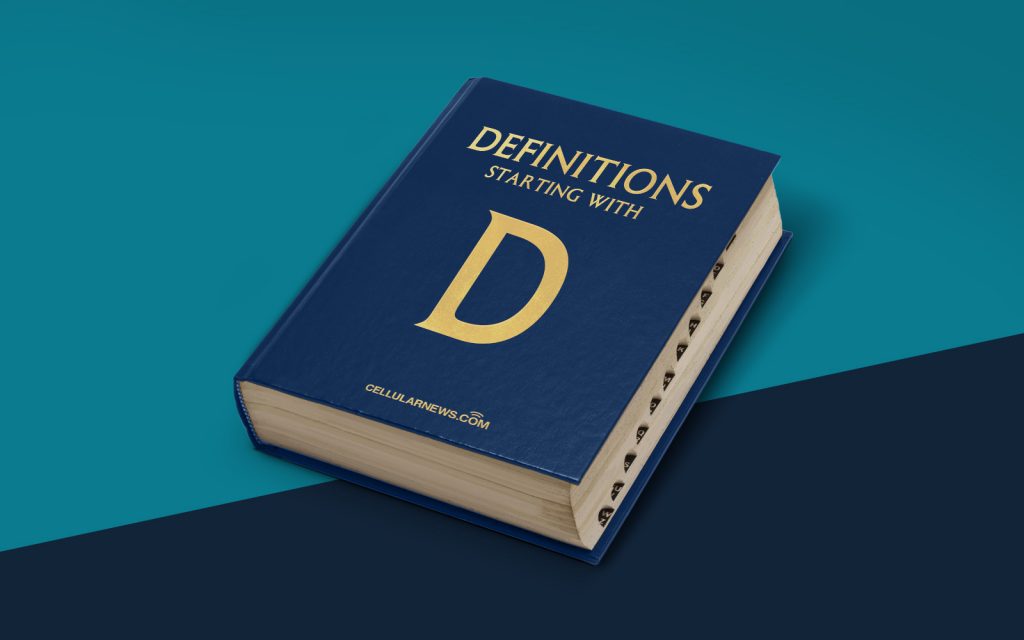
What is a Derived Data Type?
When delving into the world of computer programming, one term that you may come across is “Derived Data Type.” But what exactly does this term mean? In this article, we will unearth the definition of Derived Data Type and explore its significance in the programming realm.
Key Takeaways:
- A derived data type is a data type that is built upon or derived from a basic or fundamental data type.
- Derived data types are useful for organizing and manipulating complex data structures in a program.
So, let’s dive right into the topic and decode the concept of Derived Data Type!
In computer programming, a data type refers to the classification of data that determines the operations that can be performed on it and the values it can hold. Derived Data Types, as the name suggests, are data types that are derived or built upon basic or fundamental data types.
But why do we need Derived Data Types, you might wonder? Think of it like this – just as we combine basic ingredients in the kitchen to create a delicious meal, derived data types allow developers to combine basic or primitive data types to create complex data structures. This enables programmers to organize and manipulate large sets of data more effectively.
Derived Data Types are typically created through mechanisms such as structures, classes, or unions, depending on the programming language. By combining multiple basic data types, developers can define their own custom data types that suit the specific requirements of their program. These custom data types can encapsulate data and provide additional functionality by defining operations and methods that can be performed on them.
Here are a few examples of Derived Data Types:
- Arrays: Arrays are derived data types that allow storing multiple elements of the same type under one name, which facilitates efficient handling of large sets of related data.
- Structures: Structures are derived data types that allow combining different data types under a single name. They enable programmers to create complex data structures that can hold different types of information.
- Classes: Classes are derived data types used in object-oriented programming. They encapsulate data and related operations, allowing developers to create objects and define their behavior through methods.
In summary, Derived Data Types serve as a powerful tool for programmers to organize and manipulate complex data structures within their programs. By combining basic or primitive data types, developers can create custom data types that suit their program’s needs, enhancing the efficiency and readability of their code.
Key Takeaways:
- A derived data type is a data type that is built upon or derived from a basic or fundamental data type.
- Derived data types are useful for organizing and manipulating complex data structures in a program.
Now that you have a clearer understanding of Derived Data Types, you can confidently navigate the world of programming with this knowledge in your arsenal. Happy coding!
